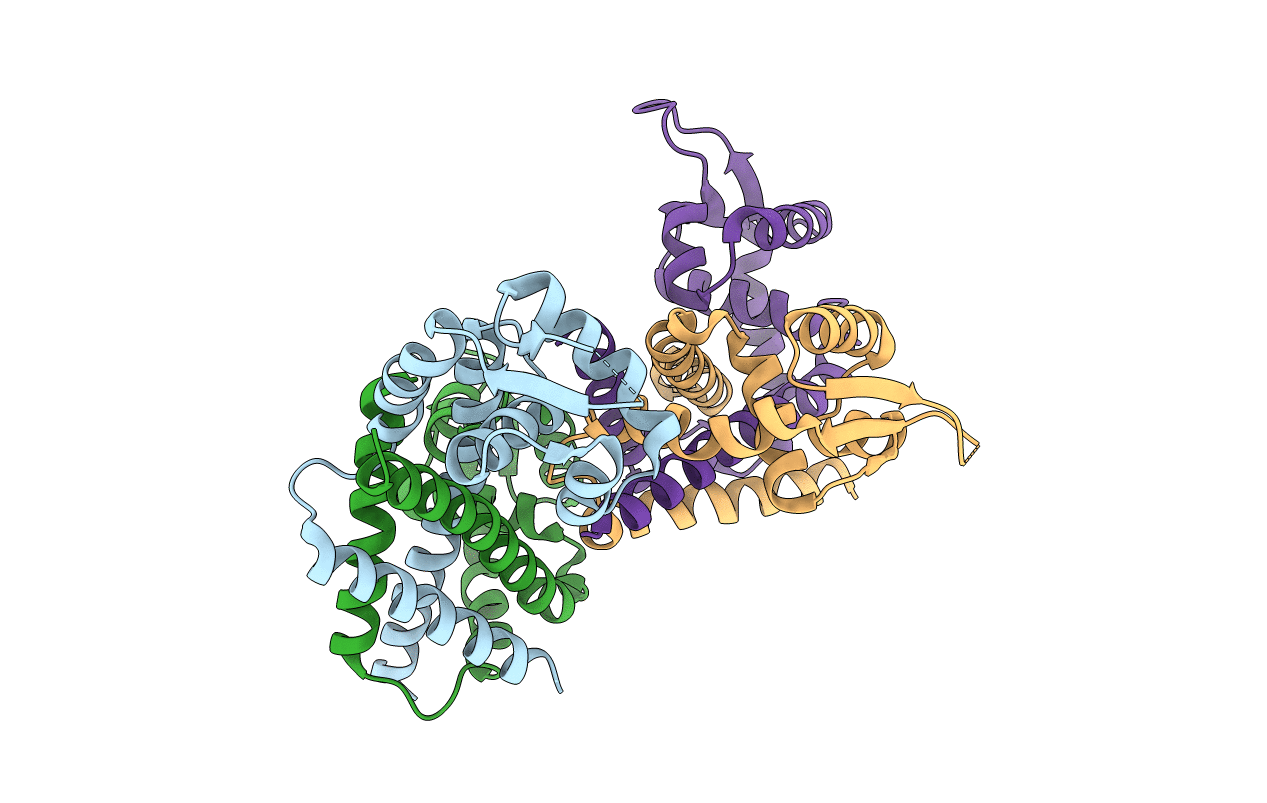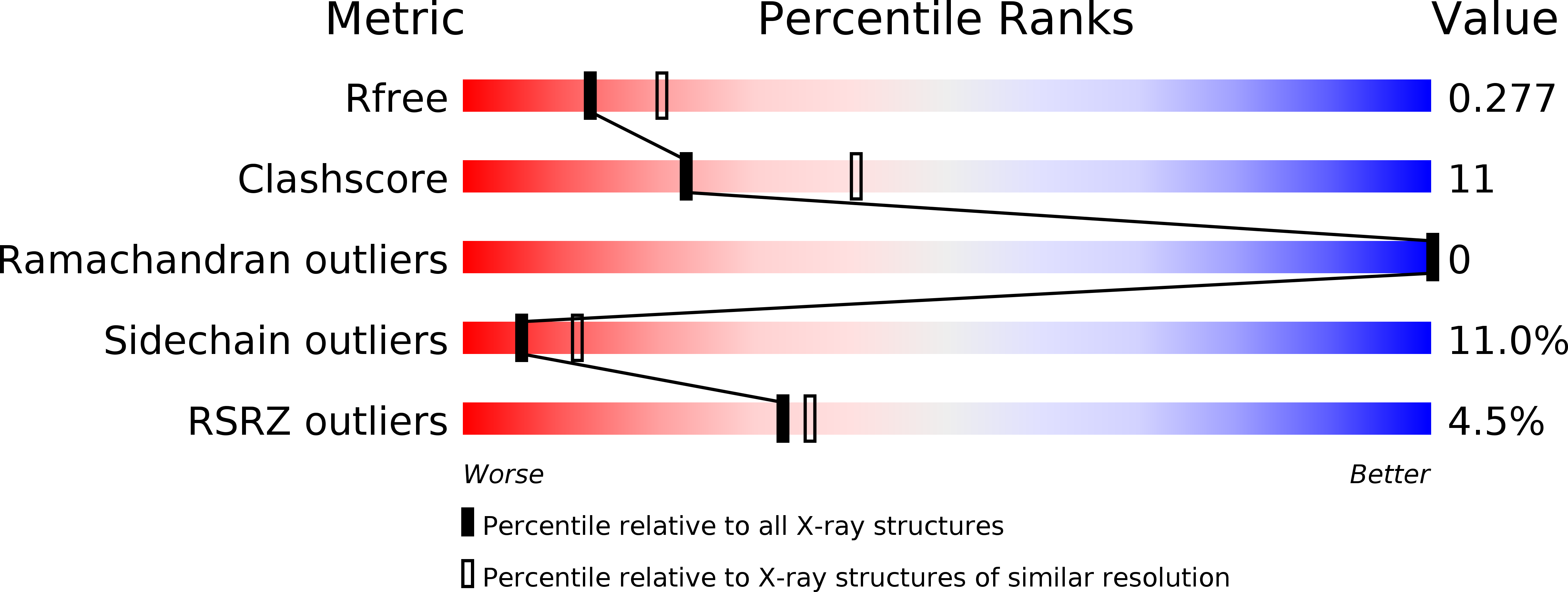
Deposition Date
2012-09-28
Release Date
2013-01-02
Last Version Date
2024-11-20
Entry Detail
Biological Source:
Source Organism:
Staphylococcus epidermidis (Taxon ID: 176279)
Host Organism:
Method Details:
Experimental Method:
Resolution:
2.50 Å
R-Value Free:
0.25
R-Value Work:
0.21
R-Value Observed:
0.21
Space Group:
C 1 2 1


